The following chart summarizes the differences between the four regular and non-regular retirement plans and disability retirement.
| Final Pay | Defined Benefit that equals 2.5% times the number of years of service times the member’s final basic pay on the day of retirement | Primary retirement plan for Reserve members with initial date of entry into service prior to September 8, 1980 |
| High-36 | Defined Benefit that equals 2.5% times the number of years of service times the average of the member’s highest 36 months of basic pay | Primary retirement plan for members with initial date of entry into service on or after September 8, 1980, but before January 1, 2018 |
| REDUX | Career Status Bonus $30,000 lump sum payment at 15th year of service with obligation to serve through 20 years + defined benefit Defined Benefit is (b) At age 62 and after: | Optional retirement plan for active duty members with an initial date of entry into service after July 31, 1986, but before January 1, 2018. Eligibility to elect the Career Status Bonus ended as of December 31, 2017 |
| Blended Retirement System (BRS) | Blended defined benefit and defined contribution plan. Defined Contribution: Defined Benefit: | Only retirement plan for members with initial date of entry into service on or after January 1, 2018 Optional retirement plan for members with an initial date of entry into service on or before December 31, 2017, who: |
| Disability | Retirement plan that equals to: *Retired Pay Base – determined under Final Pay, High-36, or BRS depending on military service date of entry **Multiplier Percentage can be either:
Note that in both cases the multiplier is limited to 75% by law | Determined medically unfit for continued service with a DoD disability rating of at least 30% |
The below chart provides the basic criteria to determine which retirement plan applies:
| Final Pay | Entry before September 8, 1980 |
| High-36 | Entry on or after September 8, 1980, but before August 1, 1986 OR Entered on or after August 1, 1986, and did not choose the Career Status Bonus and REDUX retirement system |
| CSB/REDUX | Entered on or after August 1, 1986, but before January 1, 2003 AND elected to receive the Career Status Bonus |
| Blended Retirement System (BRS) | Entered the Uniformed Services for the first time on or after January 1, 2018 (automatic enrollment), or entered before December 31, 2017 and elected to opt into BRS during the opt-in period |
| Disability | Determined medically unfit for continued service with a DoD disability rating of at least 30% |
All four of the regular and non-regular retirement plans determine initial monthly retired pay by applying a percentage multiplier to the retired pay base.
There are two methods for determining the retired pay base. They are the final pay method and the high-36 month average method. The final pay method, as the name implies, establishes the retired pay base equal to final basic pay. The high-36 method is the average of the highest 36 months of basic pay divided by 36. This is generally the last 3 years of service and is sometimes called high-3. The method used depends upon when the member first entered military service.
The method is determined by DIEMS (Date of Initial Entry to Military Service) or DIEUS (Date of Initial Entry to Uniformed Services). The date a member first entered uniformed service in any capacity establishes DIEMS. This date is fixed---it does not change. Departing the military and rejoining does not affect DIEMS.
Some individuals have unique circumstances that complicate determining their DIEMS. Here are a few examples:

Be aware that pay date (e.g., Pay Entry Base Date) may be different than DIEMS. Also, DIEMS does not determine when creditable service toward retirement is calculated---it only determines which retired pay base method applies.
For both the Final Pay and High-36 retired pay plans, each year of service is worth 2.5% toward the retirement multiplier. For example, 20 years of service would equal a 50% multiplier. The years of service creditable are computed differently depending upon whether retirement is from full time active duty or from a reserve career. These differences are explained under the Active Duty Retirement and Reserve Retirement pages.
For example, 20 years of service would equal a 50% multiplier. The years of service creditable are computed differently depending upon whether retirement is from full time active duty or from a reserve career. These differences are explained under the Active Duty Retirement and Reserve Retirement pages.
For the REDUX retirement plan, which applies only to certain active duty retirements as described above, the High-36 multiplier is reduced by one percentage point for each year that the member has less than 30 years of service at retirement. For example, 20 years of service would equal a 40% multiplier. This is discussed more fully under the Active Duty Retirement page.
For disability retirement programs, the multiplier will be the higher of (a) the disability percentage assigned by the Service at retirement not to exceed 75%, or (b) the result of multiplying the number of years of service by the applicable retirement plan multiplier (e.g., 2.5% for High-36 or 2.0% for BRS).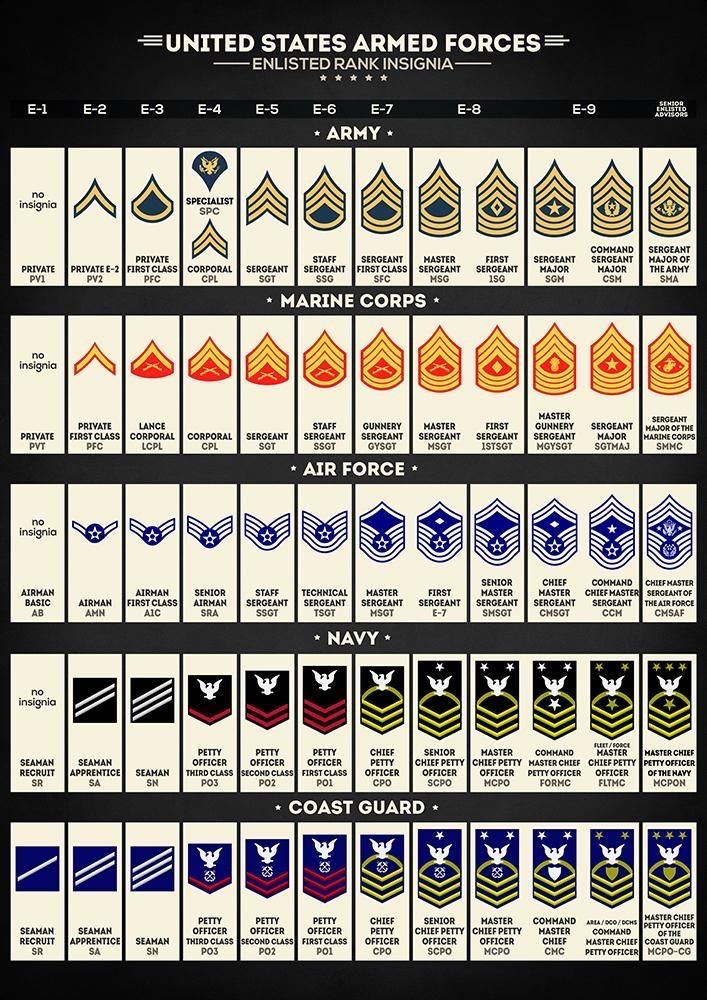
In any case, the longer an individual serves, the higher the multiplier and the higher the retirement pay. For example:
| Final Pay | 50% | 52.5% | 55% | 57.5% | 60% | 62.5% | 75% | 87.5% | 100% | 102.5% |
| High-36 | 50% | 52.5% | 55% | 57.5% | 60% | 62.5% | 75% | 87.5% | 100% | 102.5% |
| REDUX | 40% | 43.5% | 47% | 50.5% | 54% | 57.5% | 75% | 87.5% | 100% | 102.5% |
| BRS | 40% | 42% | 44% | 46% | 48% | 50% | 60% | 70% | 80% | 82% |
All military retirements are protected from inflation by an annual Cost of Living Adjustment (COLA), based on changes in the Consumer Price Index (CPI) as measured by the Department of Labor. Under the Final Pay, High-36, and BRS retirement plans, the annual COLA is equal to the percentage increase in the CPI year over year. Under REDUX, the COLA is reduced, as described in the table below.
Under the Final Pay, High-36, and BRS retirement plans, the annual COLA is equal to the percentage increase in the CPI year over year. Under REDUX, the COLA is reduced, as described in the table below.
| Final Pay | Annual COLA determined using the Consumer Price Index – Urban Wage Earners, published by U.S. Department of Labor, Bureau of Labor Statistics. |
| High-36 | Annual COLA determined using the Consumer Price Index – Urban Wage Earners, published by U.S. Department of Labor, Bureau of Labor Statistics |
| REDUX | Reduced annual COLA that is normally one percentage point less than the COLA determined for the other retirement plans (but not less than zero). Due to the reduced annual COLA, members participating in REDUX receive a one-time readjustment at age 62 to restore the difference in COLA to what it would have been under High-36. Thereafter, annual COLA reverts back to the lesser amount as above.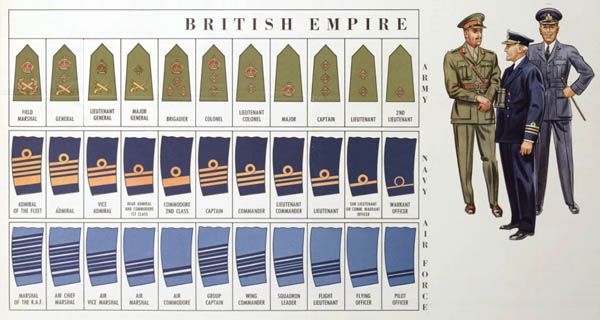 |
| Blended Retirement System | Annual COLA determined using the Consumer Price Index – Urban Wage Earners, published by U.S. Department of Labor, Bureau of Labor Statistics |
| Disability | Annual COLA determined using the Consumer Price Index – Urban Wage Earners, published by U.S. Department of Labor, Bureau of Labor Statistics |
Select one of the following topic areas:
Helpful links:
If you recently retired from the military, you may want to know how much you will receive in retirement pay and how the benefit is computed. The military has various retirement systems for determining retirement pay.
The amount you receive in military retirement pay depends on the length of service and rank at the time of retirement. If you are eligible for the final pay retirement system, your retirement pay will be 2.5% of your basic pay for every year of service. However, if you are eligible for the high-36 retirement system, your retirement pay will be the average of your 36 highest-earning months of basic pay times 2.5% for every year of service. Other methods of determining retirement pay include disability, REDUX, and the blended retirement system.
The amount you receive from a military retirement plan depends on the year when you started military service.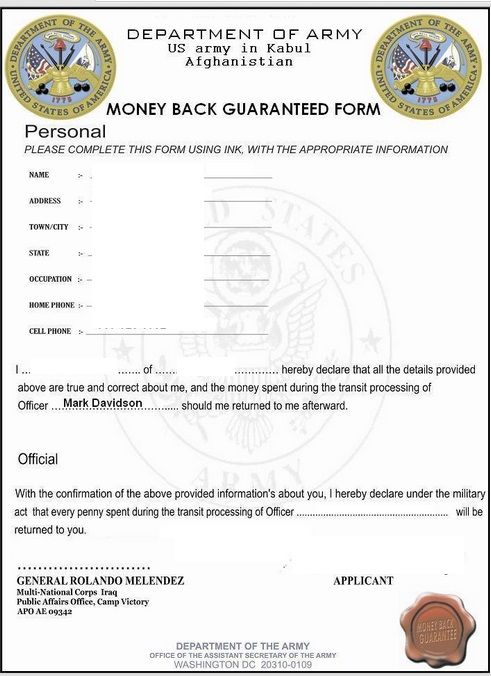 If you retired due to a disability, you may decide to have your retirement pay calculated based on your disability or length of service.
If you retired due to a disability, you may decide to have your retirement pay calculated based on your disability or length of service.
Here are various ways how military pay is calculated:
If you started military service before September 8, 1980, you are eligible for the final pay retirement system. Your retirement pay will be calculated by multiplying your final basic pay by 2.5% for every year of active duty or reserve service.
For example, if you served in the military for 20 years, your retirement pay will be 50% (2.5% x 20) of your final basic pay. If you served for 30 years, your retirement pay will be 75% (2.5% x 30) of your final basic pay.
The High-36 retirement system is available to service members who began active duty or reserve service after September 8, 1980, and July 31, 1986. If you are eligible, your retirement pay is calculated by taking the average of the three highest 36 months of basic pay.
If you started military service after August 1986, your retirement pay is calculated under the REDUX system. You can also elect to use the High-36 retirement system. On your 15 anniversary of military service, you will receive a Career Status Bonus (CSB) of $30,000, and your retirement pay will reduce by 40% of the average of the highest 36 months of basic pay. If you have served in the military for at least 30 years, your retirement pay will not be subject to the pay reduction.
You can also elect to use the High-36 retirement system. On your 15 anniversary of military service, you will receive a Career Status Bonus (CSB) of $30,000, and your retirement pay will reduce by 40% of the average of the highest 36 months of basic pay. If you have served in the military for at least 30 years, your retirement pay will not be subject to the pay reduction.
If you joined military service after January 1, 2018, you may be eligible for the blended retirement system. You will receive 40% of your basic pay after 20 years of military service, and a bonus on your 12anniversary.
Additionally, the military automatically contributes 1% of your salary to a Thrift Savings Plan. The military matches up to 5% of your salary each year, and you can elect to contribute more than the 1% automatic contribution. Once you retire or leave military service, you can rollover the Thrift Savings to an IRA.
If you are medically found unfit to continue serving in the military due to a disability, you will be eligible to receive disability pay. You must have at least a 30% disability score, which is based on your years of service or percentage of disability. The retirement pay is calculated based on your highest 36 months of pay or final basic pay.
You must have at least a 30% disability score, which is based on your years of service or percentage of disability. The retirement pay is calculated based on your highest 36 months of pay or final basic pay.
Once you retire from the military, your retirement pay will be based on your retirement plan and military status. Generally, you can expect to receive 2.5% of the final basic pay for every year of military service.
If you retire after 20 years in the military, your retirement pay will be equal to 50% of your final basic pay, while service members who complete 40 years of service can expect to receive 100% of their final basic pay as retirement pay.
If you retired as an enlisted service member with 20 years of service, you could receive an average military pay of $30,000 to 35,000 per year while a service member who retired as a typical officer could receive an average of $60,000 to $70,000 per year.
Once you retire from the military, you will receive both military retirement pay and social security.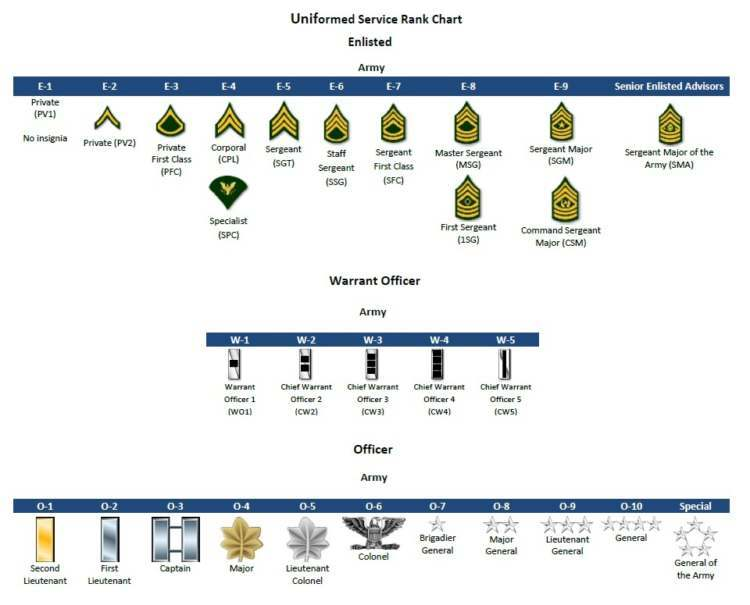 The amount you receive as social security income is not based on your military retirement pay, but your previous earnings.
The amount you receive as social security income is not based on your military retirement pay, but your previous earnings.
However, the military retirement pay may affect the amount you receive as supplemental security income (SSI). SSI is a federal benefit for low-income people, and you will only be eligible to receive this benefit if your overall income is below the limit set by the Social Security Administration. The military retirement pay counts towards your overall income, and if it pushes your income beyond the set limit, you won't be eligible for SSI.
Lyubov Popovets
data journalist
A quarter of Russian citizens - 36.9 million people - have officially already left working age.
In 2018, before the pension reform, there were a third of the country's population. But pensions are usually only enough for the bare necessities: the average old-age pension at the beginning of 2021 was 15,744 R, the subsistence level was 10,022 R.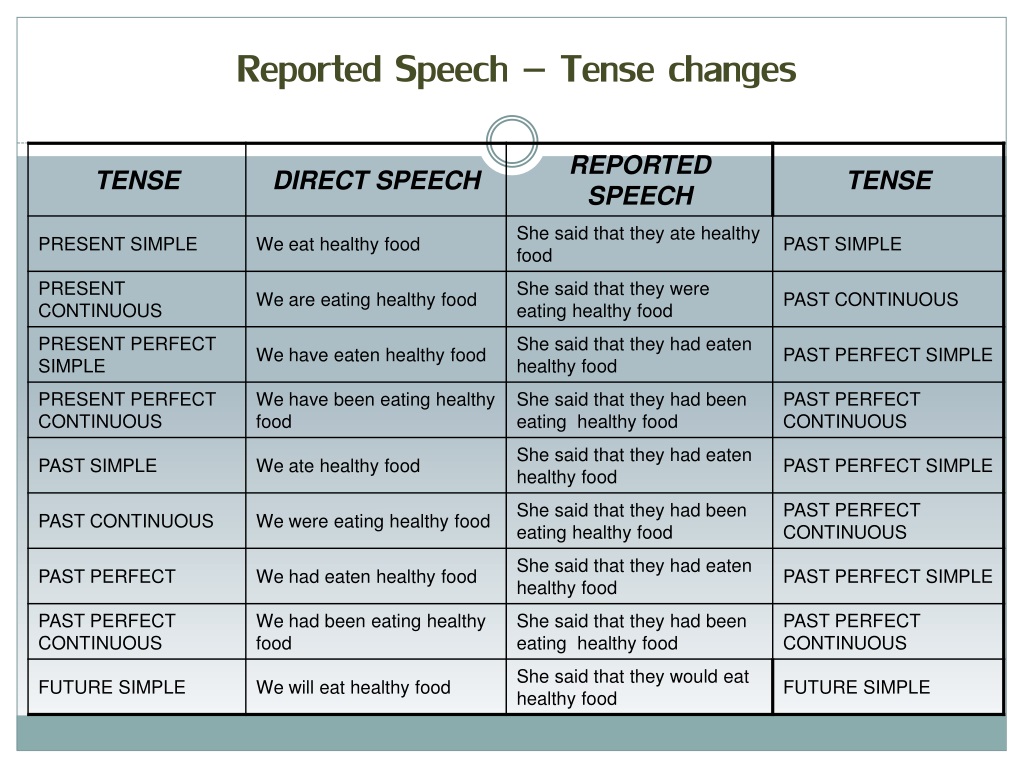 So pensioners continue to work if possible. We studied the statistics and found out in which regions pensioners are more actively looking for work and what positions and salaries are applied for by older people.
So pensioners continue to work if possible. We studied the statistics and found out in which regions pensioners are more actively looking for work and what positions and salaries are applied for by older people.
Most of the working pensioners are in Chukotka: 57%. The proportion of older people employed in the economy is high in Ingushetia, the Magadan Region and Chechnya: about 40% of older residents are employed here. For comparison: only a quarter of pensioners work in Moscow and St. Petersburg.
/chukotka/
Life in Chukotka
The fewest working pensioners are in Adygeya, Tyumen and Kurgan regions: no more than 14%.
Source: Rosstat Source: Rosstat The number of working pensioners is almost unrelated to the overall unemployment rate in the region. The official unemployment rate in Russia is 4.6%. In the Trans-Baikal Territory, the Republic of Altai, Karachay-Cherkessia, it is at least twice as high as the average, but there are fewer working pensioners than the national average, that is, less than 20%. There are also reverse examples: in Kabardino-Balkaria, the unemployment rate is 11%, and there are 28% of working pensioners there, in Ingushetia these figures are 26.4 and 41%, in Chechnya - 13.5 and 39%.% respectively.
There are also reverse examples: in Kabardino-Balkaria, the unemployment rate is 11%, and there are 28% of working pensioners there, in Ingushetia these figures are 26.4 and 41%, in Chechnya - 13.5 and 39%.% respectively.
The Central Federal District stands apart: the unemployment rate here is below the national average, but the share of working pensioners is one of the highest. Most likely, this is due to the relatively high standard of living and the corresponding prices.
/retiree-stat/
Portrait of a Russian pensioner
Source: Rosstat — unemployment rate and employment Source: Rosstat — unemployment rate and employment, only 1% of the total number of resumes on this site were published by people of retirement age. Resumes without age indication were excluded from the calculations.
Employment and unemployment. RosstatPDF, 1.2 MB
Older women are looking for work almost twice as actively as men: resumes of pensioners - 1. 1% of all "female" resumes, pensioners - 0.6% of "male" ones. At the same time, according to Rosstat, in 2019 it took about eight months for an average elderly job seeker to search for a job. And for a person who is younger than retirement age - about six months.
1% of all "female" resumes, pensioners - 0.6% of "male" ones. At the same time, according to Rosstat, in 2019 it took about eight months for an average elderly job seeker to search for a job. And for a person who is younger than retirement age - about six months.
Based on Headhunter statistics, the highest proportion of pensioners looking for work is in the Leningrad, Kaliningrad and Moscow regions. At the same time, the top ten are regions in which pensioners make up about a quarter of the total population. Recall that this corresponds to the average Russian indicator.
Pensioners from Tyva, Mordovia and Ingushetia are the least likely to look for work at Headhunter.
Women are less likely than men to look for jobs that require mental work. Of the top 20 vacancies for retired applicants, there are only seven such specialties. Most often, older women want to get a job as an accountant, administrator, salesman, estimator or cleaner.
What to do? 20. 10.20
10.20
How can a working pensioner increase his pension?
Men have the opposite picture: if you take the top 20 most popular vacancies for which retirees apply, then most often these will be various engineering positions - chief engineer, design engineer, electrical engineer. True, on the top lines of this list, there are still positions that require minimal qualifications: a security guard, a watchman, a driver.
Source: Headhunter Source: HeadhunterWhat to do? 30.10.18
How can a pensioner increase his income?
According to Headhunter, the average amount that a job seeker older than working age will accept is 40,467 R, and a job seeker is 55,824 R.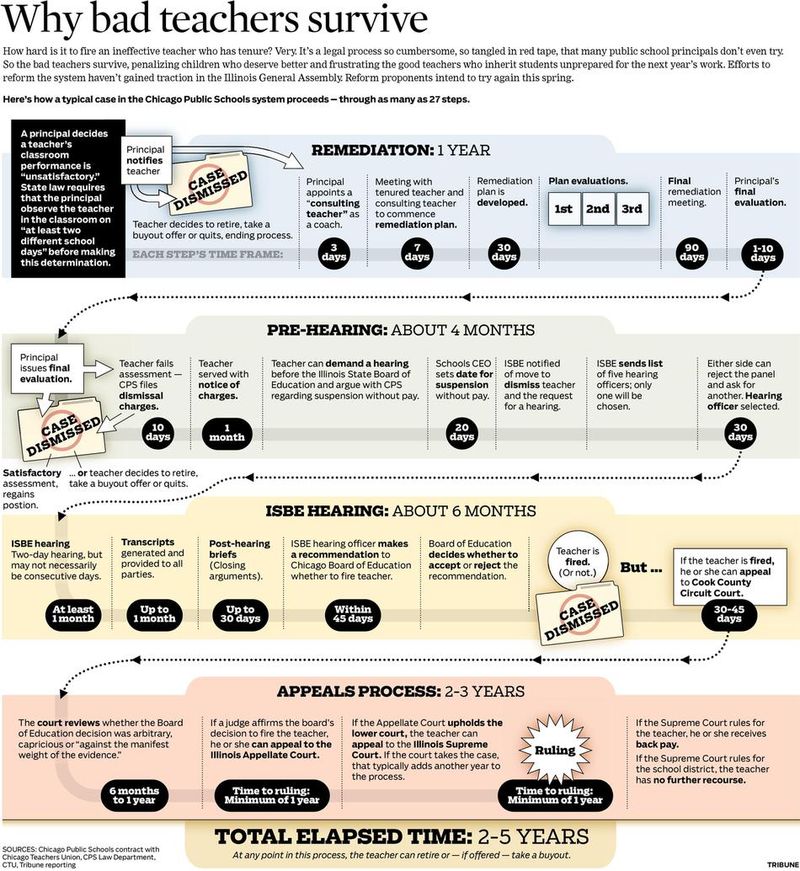 However, the gender wage gap in Russia exists for all age groups. In some areas, older applicants indicate a higher salary than younger ones. Such industries for women include the extraction of raw materials, science and education, for men - insurance and the extraction of raw materials. In addition, older people ask for more money when they are looking for a job that does not require any experience.
However, the gender wage gap in Russia exists for all age groups. In some areas, older applicants indicate a higher salary than younger ones. Such industries for women include the extraction of raw materials, science and education, for men - insurance and the extraction of raw materials. In addition, older people ask for more money when they are looking for a job that does not require any experience.
The highest desired salary for pensioners is in the field of top management: 66,865 R. For men, again in the raw material extraction industry: 101,190 R.
highly dependent on education. So, a pensioner with a university diploma can adequately compete with a younger applicant. This is especially true for women: for example, there are a lot of older employees among officials, as well as in the field of education and healthcare. In addition, an age-old applicant can compete with younger candidates when it comes to work that does not require professional education: security guard, watchman, salesman, cleaner. The chances of getting such a place among older people are often even higher.
The chances of getting such a place among older people are often even higher.
Assessing the chances of employment of workers of pre-retirement and retirement age, an article in the journal "Economic Policy"PDF, 391 KB
16:49
02/13/2023
#Germany #pensioners
Anyone who has been to Turkish and other Mediterranean resorts is guaranteed, looking at their regulars - German pensioners - saying to himself: "I also want to retire like that." How do German pensioners actually live, how much do they get, what benefits do they have? Can a Belarusian get a pension in Germany?
The German population is aging faster than in other EU countries. The age of 20% of Germans, and this is 25.5 million, is over 65 years old.
The retirement age in this country is 65 years for both men and women, or 35 years of work experience. At the same time, in fact, men retire at ~ 61.8 years, and women at 60.5 years. Registration of a pension is possible even earlier, but it is necessary to allocate funds to the pension fund for at least 35 years.
At the same time, in fact, men retire at ~ 61.8 years, and women at 60.5 years. Registration of a pension is possible even earlier, but it is necessary to allocate funds to the pension fund for at least 35 years.
After reviewing the official websites and statistics, we spoke with 73 year old Friedrich Felis from Marburg. Friedrich is a very accommodating, positive person, a connoisseur of literature and linguistics. Previously worked as a teacher.
Friedrich Felis
I worked as a teacher at a school for students aged 10 to 19 (Abitur) after studying German and English at the Universities of Münster, Mooney and Frankfurt and completing a one and a half year teacher training course. I have taught at a school with classical languages in Frankfurt and a modern comprehensive school in Kirchhain near Marburg.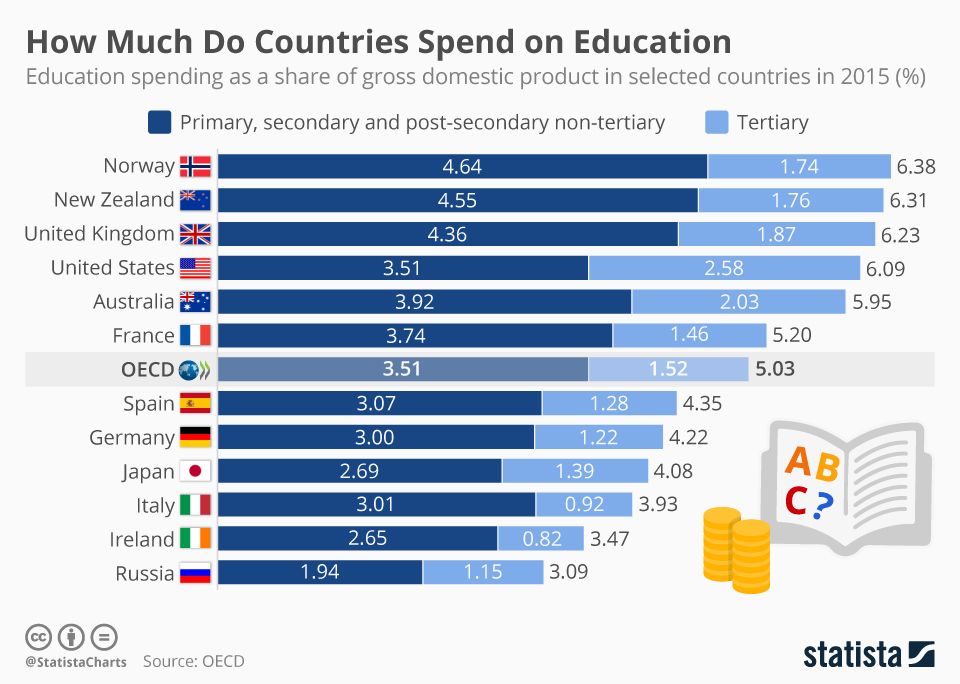 He retired at the beginning of 2015. Now I am 73 years old.
He retired at the beginning of 2015. Now I am 73 years old.
Indeed, I no longer have to get up early to teach from 8 am, so I can stay up late, and I really like it.
When I retired, I began to sing in the choir - we perform the classics. Also - reading German and English literature, cultural history, ethnology, religious studies - this is another of my past activities. I even resumed piano lessons. However, unfortunately, they were interrupted by the COVID-19 pandemic..
Friedrich Felis at the Christmas concert, December 2022
My pension as a former civil servant is approximately 3,300 euros. This is 72% of my final salary. About 700 euros of taxes (income, social, religious) are deducted from this amount .
Reference
Teachers in Germany and all those who are called "state employees" in Belarus belong to the category of civil servants. There are about 5 million of them in total. They receive a much higher pension than other Germans. Friedrich's pension is average for civil servants. However, the pensions of civil servants are subject to income tax.Health insurance is also mandatory.
I am privately insured and pay an insurance premium of about 630 euros per month ( so about 2000 euros remain on hand - Smartpress).
For this contribution, the insurance company covers 40% of the cost of medical services. The remaining 60% of the costs for each account are reimbursed by the government (Hesse). For example, I go to the doctor and he bills me for 600 euros. I pay the bill myself and send it to the insurance company, which gives me 40% back. Then I send the same invoice to the government of the federal state of Hesse, which compensates another 60%. I see the advantages of private insurance in the speed and quality of medical services, the ability to choose a doctor, a room in a hospital, etc.
I pay the bill myself and send it to the insurance company, which gives me 40% back. Then I send the same invoice to the government of the federal state of Hesse, which compensates another 60%. I see the advantages of private insurance in the speed and quality of medical services, the ability to choose a doctor, a room in a hospital, etc.
Not really. The opportunity to switch to private health insurance with partial coverage by the state is a privilege of civil servants. If you are not a civil servant, to switch from public to private insurance, you need an income of 80 thousand euros per year. This is a lot. Or you can take out private insurance.
The insurance premium increases with age because retirees need much more medical care.
So far, I've only received a very modest price increase from my electricity supplier (which is not a common experience!). As far as heating is concerned, I can't say yet, as the annual invoice is only due after 2 months.
As far as heating is concerned, I can't say yet, as the annual invoice is only due after 2 months.
No, this was done away with many years ago.
I visit friends nearby quite often. These are day trips. Once a year I have one longer holiday within Germany. Traveling has become quite expensive for me.
Quite rare (except for trips to visit). We go out for coffee, sometimes to watch a movie.
I don't know exact numbers, but I'm guessing that most people work until retirement age, although illness, whether physical or mental, often forces them into early retirement, which reduces the amount of retirement depending on the number of years they've been unemployed.
Reference
From January 1, 2023, earnings limits for pensioners have been abolished. Now you can continue to work without reducing your pension, regardless of the amount of income.
***
In the Western states, the average pension for men in 2023 is 1000 euros, for women - 700 euros. In the eastern states, male pensioners received an average of 1,100 euros in 2023, women - 950 euros. The reason is that in the former GDR there were much more working women.
By the way, widowed citizens are entitled to a double pension.
If a person who has the right to permanent residence in Germany has reached retirement age, but has not earned a pension above the subsistence minimum, he is assigned old-age social benefits. The amount of the old-age social benefit in 2023 is 447 euros. But to get it, you must have a minimum work experience of 5 years. If it is not, the pension is simply not paid.
If it is not, the pension is simply not paid.
Far from everyone. In Germany, there is the concept of "old-age poverty rate", it is currently defined on the basis of an annual income of <13,628 euros, that is, 1,135 euros per month. At the moment, ~18% of pensioners have such an income. As a rule, they receive additional insurance benefits. In June 2022, 628 thousand pensioners received them, and this number increased by 51 thousand people over the year.
In Germany, it is proposed to raise the pension bar to 70 years. In this, the Germans are only ahead of the Swedes, who propose to move the retirement age to 75 years. Today, Germans retire at 65.
In Germany there are two types of pension provision - public and private.
The first is obligatory for people with income no more than 3900 euros per month (most of them), the second one is voluntary.